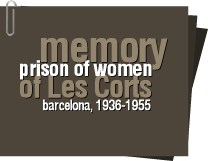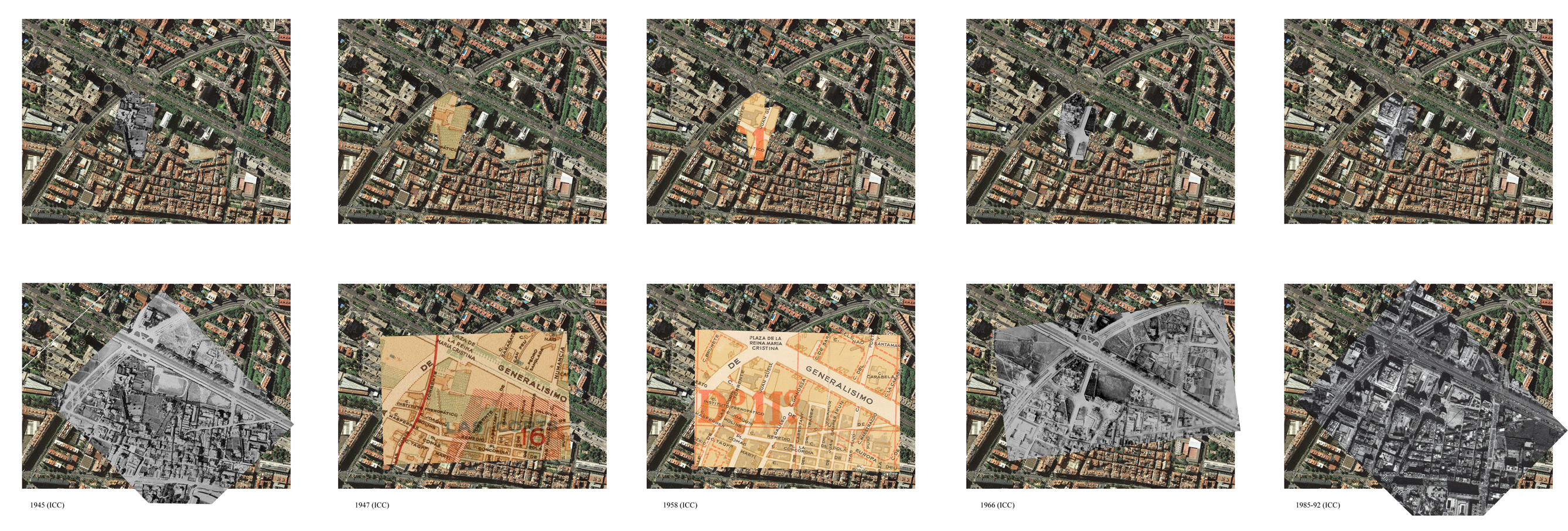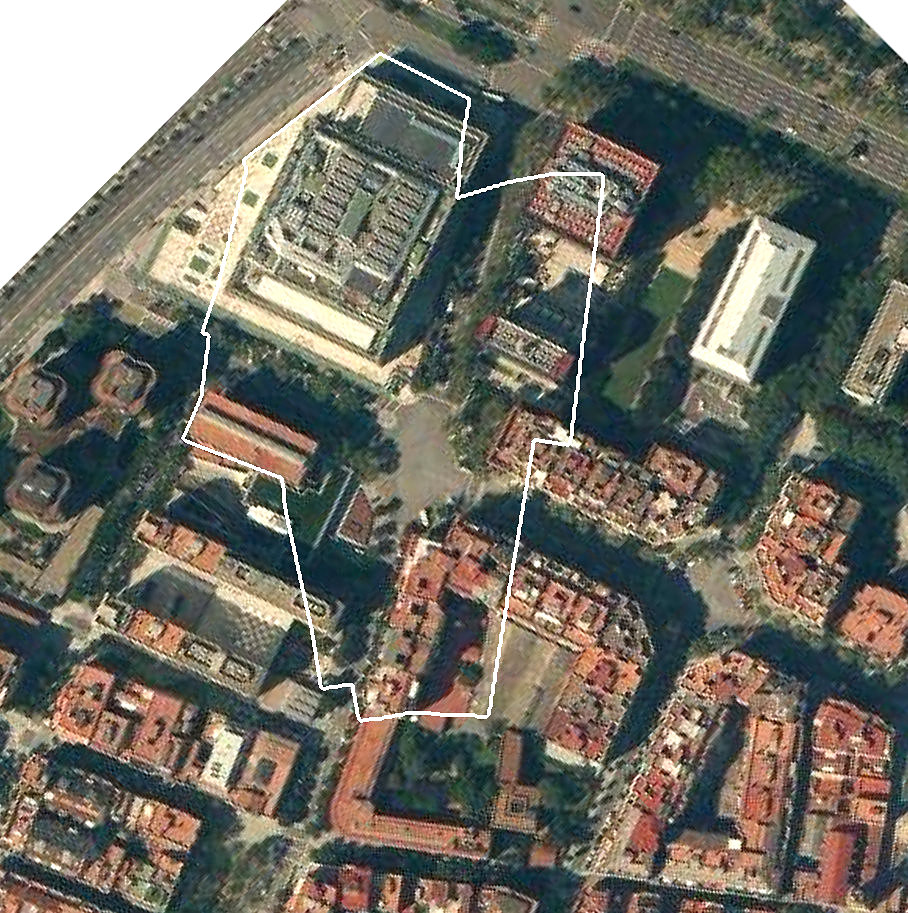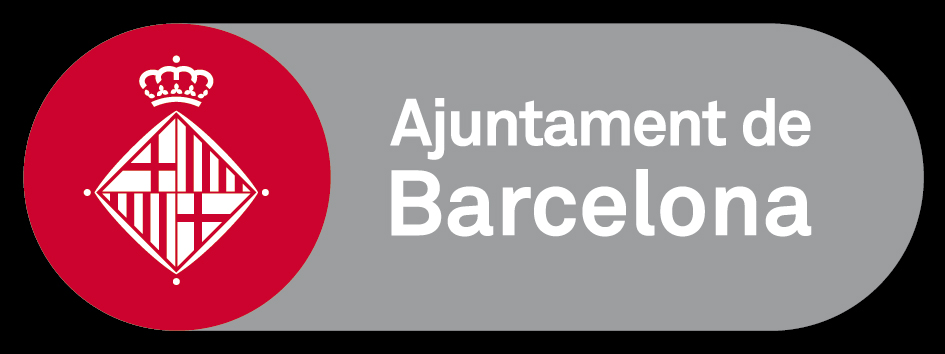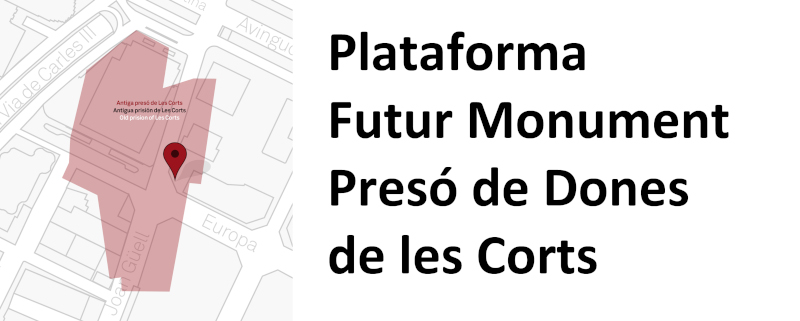The first group of people was the spark for the creation of a wide range of entities from the district and beyond joined together under the name Plataforma Futuro Monumento Cárcel de Mujeres de les Corts (‘Platform- Future Monument Les Corts Women’s Prison’).
From the very first meeting, the idea of a monument as a living and open space for discussion and dialogue was being shared and promoted: an "unfinished place", in a permanent state of genesis and dissemination.
The purpose of the first meeting, on 20 November 2013, was to begin a series of actions to encourage the participation of the citizens in a campaign for the erection of a monument in honour of the women —and their sons and daughters— victims of repression at this institution during Franco’s regime.
This was the first meeting in a long series where the direction of the process and the plans for the different activities were to be discussed in detail.
From 2014 walking trips involving several people were organised as a strategy to delimit, on the urban landscape, the boundaries of the space once occupied by Les Corts Women’s Prison, the so called “Invisible Prison”.
These outings, along which local residents, relatives of former prisoners, teachers and activists from Associació Conéixer Història (‘Knowing History Association’) were brought together, were aimed at socially sharing historical and geographical knowledge, but also life experiences and impressions of collective and civic memory with regards to the defunct prison.
On a practical level the idea was to identify the changes the city structure had experienced, and to locate any tracks and vestiges from the old plot system.
Before the itineraries were organised, historic orthophoto maps and urban planning projects of the area concerned were studied, to get a full picture of its evolution.
That’s how the prison’s old boundaries, which had previously been barely investigated, could be accurately identified.
The image of the perimeter of the old prison juxtaposed to a present-day map of the area provided a new perspective in relation to the materialisation of the civic memory over the public space, which up until that moment had exclusively focused on the identification of the old prison with the building of El Corte Inglés (the leading Spanish department store chain) located on Diagonal Avenue.

